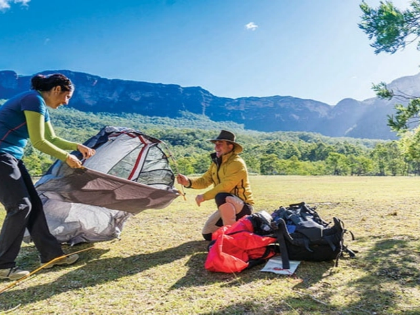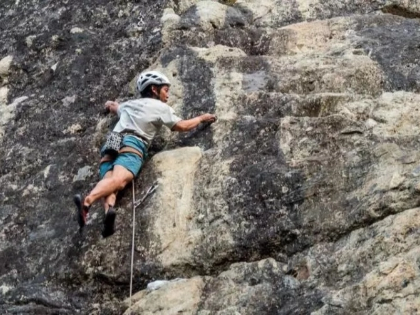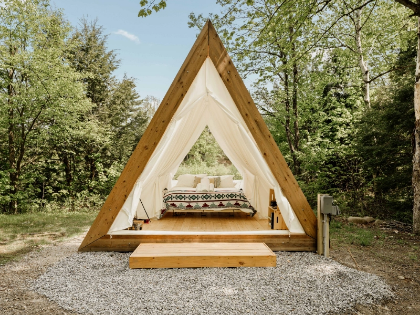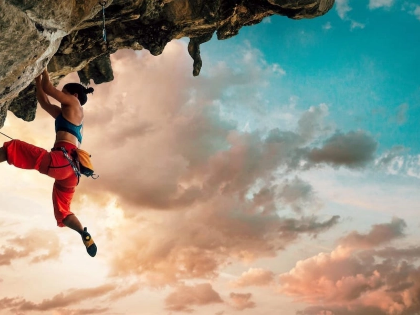Hiking is an exercise that works a variety of leg muscles. It can aid in the development of calf, hamstring, and quadriceps muscles. Additionally, it can aid in glute strengthening.
Your quadriceps, which are found on the front of your legs, are the main muscles worked during an uphill hike. Additionally, it strengthens the calf muscles, which are in charge of bending your knees.
What makes hikers' calves so large?
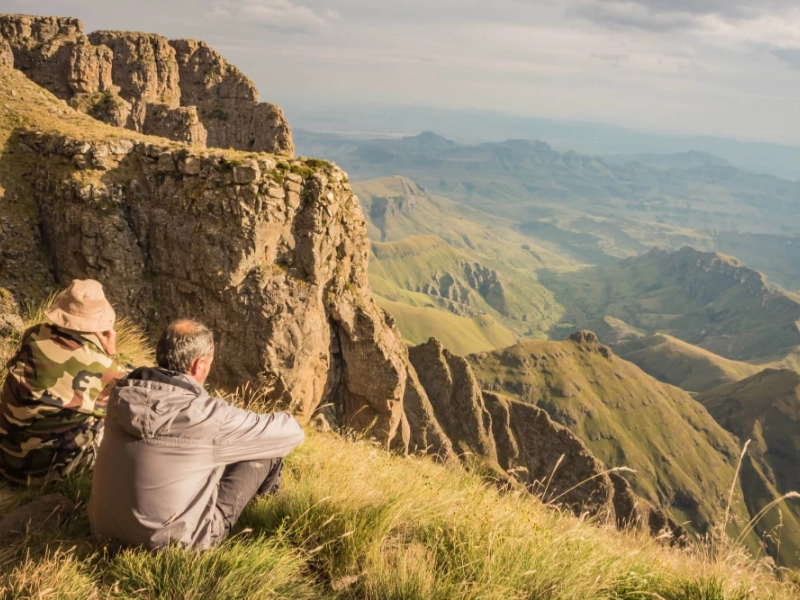
Advertisement
The key to developing larger calves when hiking is to perform appropriate calf-strengthening workouts and take regular rest days in between walks. This will encourage muscular growth and help prevent injuries. Hiking not only helps develop large calves but also increases leg strength and endurance in general. Hiking over uneven terrain stimulates the gastrocnemius and soleus muscles in the calves, which over time may result in muscle growth.
The hamstrings assist in bending your hips and controlling leg motion, while the quadriceps muscles in your knees act to straighten your legs when climbing uphill. The calf muscles are employed to halt and regulate your descent when you're moving downhill. Additionally, hiking helps strengthen the gluteus maximus, a muscle located in the region of the hips and buttocks. This muscle is in charge of raising your hips and assisting you in walking up and down slopes with proper posture.
What makes hikers' legs so large?
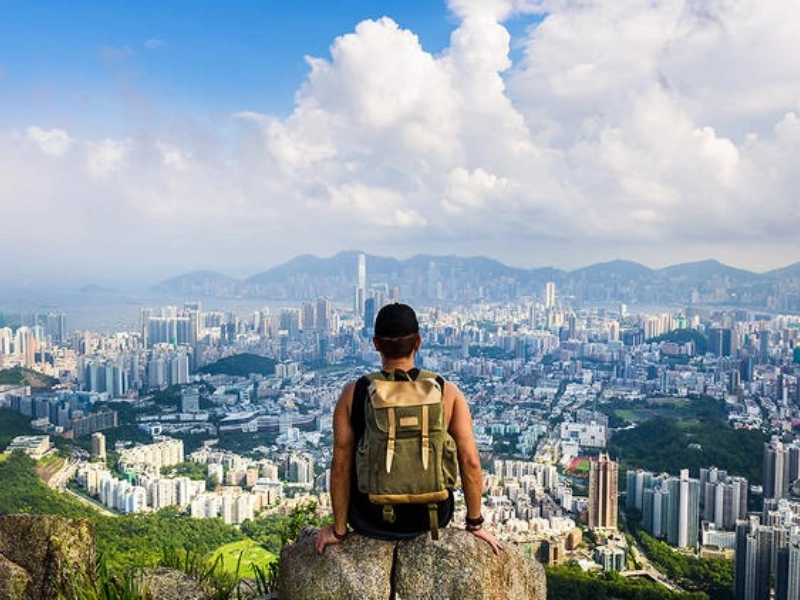
You may develop your leg muscles through hiking. It targets the back of your thighs, known as the hamstrings, the front of your thighs, and the back of your lower leg, known as the calves. Hiking also helps to build stronger glutes and core muscles.
Walking on uneven terrain requires you to straighten your knee, which is accomplished by your quadriceps muscles. Your calves are in charge of propelling you off the ground with each stride, while your hamstrings assist you in bending your knees.
Your legs will grow larger if you hike frequently and on extended hikes. But it's vital to keep in mind that a variety of factors, such as genetics and diet, affect muscle size. Try consuming more calories and engaging in leg-specific exercise if you want your legs to appear longer. Try calf raises, which include elevating and lowering your heels while keeping your feet in an elevated position. Hill sprints are another exercise you may do. Just choose a steep hill on your hiking route and run up it for thirty seconds.
Can a hiker become fit?
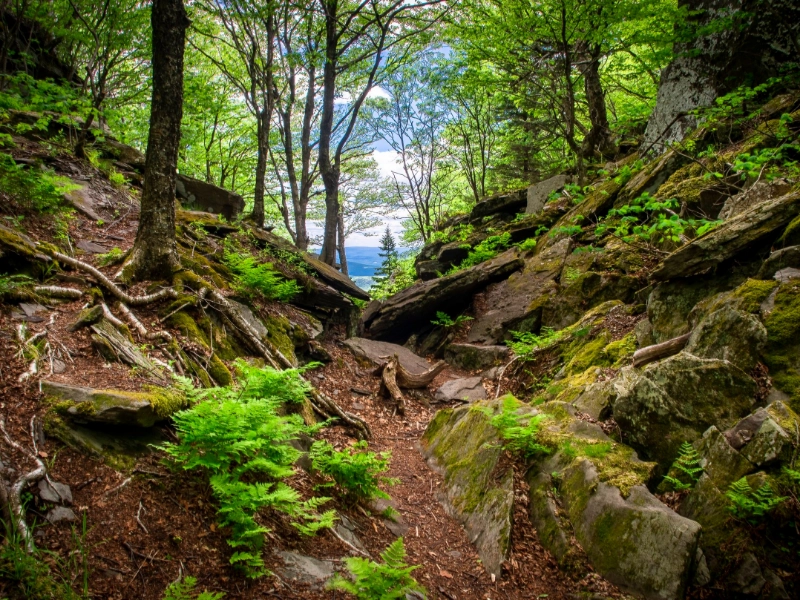
While lifting heavy weights in the gym can help you get shredded, hiking does not always result in the same physical gains. Since hiking is a cardiovascular workout, regular hiking will help you develop your strength and stamina. Additionally, hiking burns calories, which aids in weight loss.
Hiking the trails tones the quads, hamstrings, hip flexors, and calves, among other main muscles. The smaller stabilising muscles required for negotiating uneven terrain are also used during hiking.
When you walk, your leg will straighten thanks to your quadriceps. The gluteus medius and gluteus minimus muscles, which regulate hip abduction and rotation, take on a greater workload during an ascent. Because the hamstrings are biarticular, they can flex and stretch your leg at the knee as well as the hip.
The muscles at the rear of your lower leg are called calves. They exert more effort when hiking uphill because they aid in dorsiflexion of the ankle during the push-off portion of each step.
Can hiking cause one to get ripped?

Hiking is a great way to strengthen your legs and improve your cardiovascular fitness. Additionally, it increases stamina, allowing you to hike farther without tiring yourself out. Hiking regularly can also help you lose fat and tone your muscles. It won't, however, increase muscular mass in the same way as a bodybuilding exercise.
Hiking works the glutes, quads, hamstrings, and calves, among other important muscles. It also works the ankles and hips' minor stabilising muscles. Hiking also involves walking on uneven ground, which uses your leg muscles more than flat land does.
Building muscle can be achieved through hiking, but it's crucial to use the proper form and consume adequate calories. If not, you risk dehydration and muscle weariness, which can make you bonk or lose all enthusiasm and energy. Make sure to take little sips of water as needed, rather than gulping down huge amounts of water all at once, to prevent this.
Advertisement





